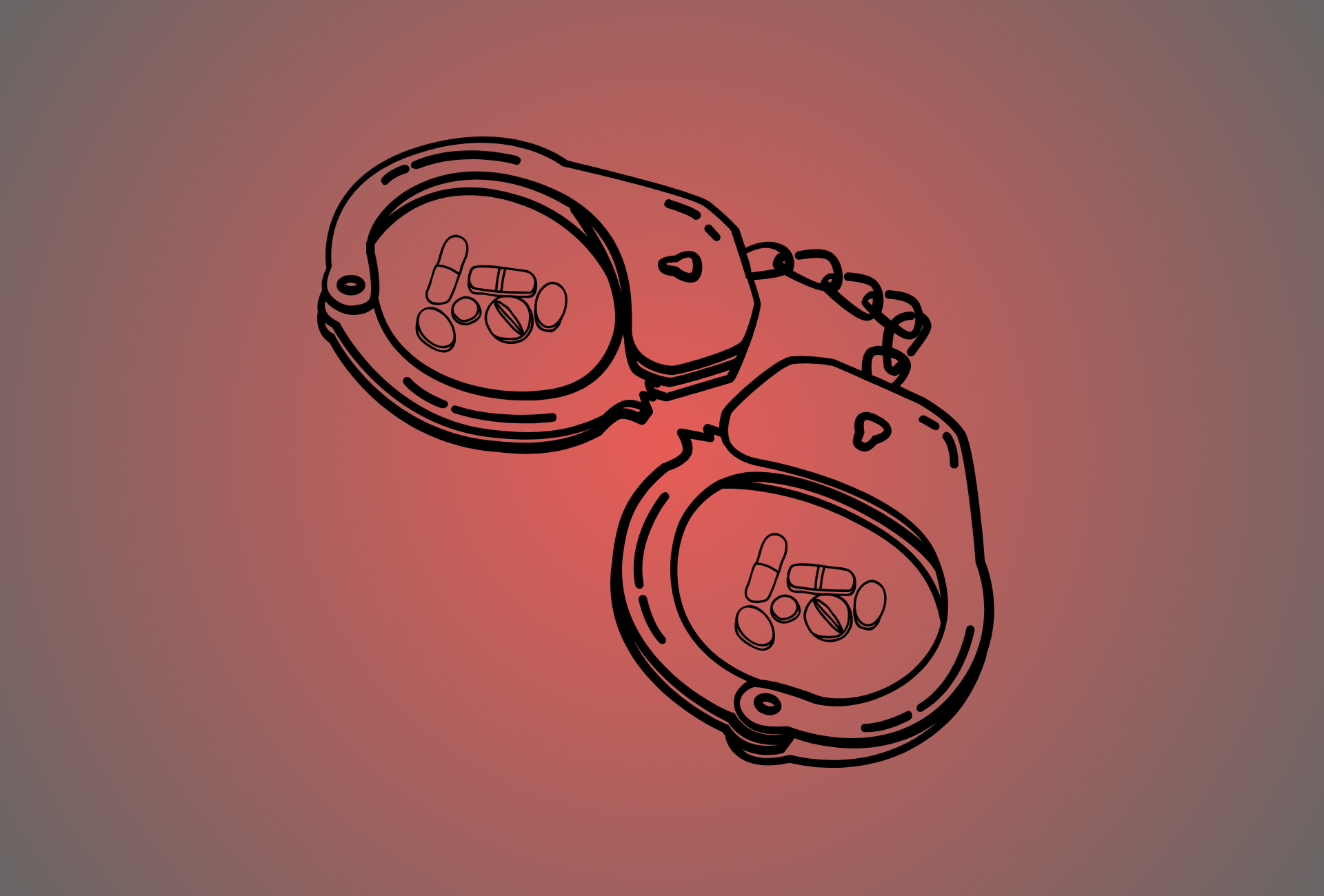
For years, Baltimore officials have feigned a shift of focus toward harm reduction, claiming they have drug users' best interests at heart. Yet drug-war policing and other forms of crackdowns have continued — and they've only gotten worse.
Data obtained by Mobtown Redux shows that the Baltimore Police Department has ramped up arrests for minor drug offenses, including simple possession charges, outpacing the type of drug enforcement its top brass claims to prioritize. As of Sept. 6, there was a 21% increase in arrests for misdemeanor offenses over the same period last year, whereas felony-related arrests increased by 12%. The data tracks with remarks made by Police Commissioner Richard Worley earlier this month, when he revealed that the cops have been targeting drug users for arrest and using them as pawns to get to suppliers.
Despite the cruelty of the department's strategy, city leaders and much of the public haven't put up a fight to protect their vulnerable neighbors.
"Historically, and even currently, this is such a stigmatized and villainized population," said Sachini Bandara, an assistant professor at the Johns Hopkins Bloomberg School of Public Health, who spoke to me for a Baltimore Beat investigation that will be published next month.
"It’s very easy for the public to be supportive of these kinds of punitive measures, and we see that there’s support for these measures across party lines.”
The BPD data builds upon my previous reporting about drug-war policing in the city, and it shows that the extent to which arrests for misdemeanors have proliferated varies by district. The most significant increase occurred in the Southeastern District, where misdemeanor arrests skyrocketed by 98%.
The Northeastern District, meanwhile, saw a 95% increase in misdemeanor arrests.
The increases in those districts are significant, and many of the individuals who were apprehended were likely drug users who got hit with simple possession charges. However, the city's failed attempts to balance crackdowns and harm reduction are most evident in the Central District.
That district is the only area in the city where officers participate in the Law Enforcement Assisted Diversion program. The LEAD program, which started in 2017 as a pilot, is supposed to divert individuals who commit low-level crimes to social programs and allow them to avoid the cruel justice system entirely.
Yet the Central District saw a 27% increase in misdemeanor arrests so far this year, indicating that officers have opted to put more drug users and other vulnerable residents in cuffs rather than provide them assistance.
LEAD is intended to connect people with a variety of programs, including substance use disorder treatment and housing services. If functioning properly, it could be extremely helpful for unhoused drug users, as rates of SUD have surged among the population in recent years.
According to preliminary data from the city's annual Point-in-Time Count, 76% of unhoused Baltimoreans have reported suffering from SUD, compared to 23% just two years ago.
Those individuals have also been rapidly displaced in recent months.
When the Beat published my investigation of shelters in July, only two encampments had been shuttered. There have been 23 encampments cleared since, bringing the total to 25 as of this week, according to the Mayor's Office of Homeless Services.
Jessica Dortch, spokesperson for the office, attributed the massive increase in encampment sweeps to the weather and the fact that some locations may have been double-counted.
"If folks experiencing homelessness return to a previously resolved site, we are able to resolve it again, which counts as a separate resolution," Dortch said. "With the summer weather being hot but not unbearable (hence the few Code Red declarations), we had more people experiencing homelessness staying outdoors."
Officials have insisted that they only clear encampments when shelter beds are available. Yet even if that is the case, city-funded shelters do not provide any harm reduction services and often fail to connect unhoused residents with SUD and mental health treatment.
At a Housing Our Neighbors rally about the abhorrent shelter conditions on Friday, Cassie Bailey, who has been unhoused in Baltimore for more than two decades, recalled how her friends who used drugs were treated in what were supposed to be safe havens.
"They haven't made it," Bailey said. "And they took their last breath in front of the staff. They were crying for help, and the staff didn't help them. They brushed them off."
"They brushed them off."
That phrase encapsulates the city's longstanding treatment of its most vulnerable residents. It also aptly describes how officials have responded to the demands of people who've dedicated their lives to helping those in need.
Like many of the harm reductionists I've come to know, those at Friday's rally were full of passion — their demands underscored by pain and anger. And, after how their comrades and the people they work to help have been treated, I can't blame them.
The only ones to blame are those in power, who have allowed these problems to fester for decades.
Those "leaders" are the ones who've abandoned the city's most vulnerable residents and blindly bankrolled the BPD, which bragged about another drug bust just days ago. The department touted the arrest of two supplies on Sept. 17, alleging they served the Mount Clare and Pigtown neighborhoods.
What was the reason for the investigation? Violence prevention, which has become a dog whistle for drug busts and other crackdowns.
This pattern has continued for far too long; the city has repeatedly disregarded the livelihoods of at-risk populations while fueling the drug war under false pretenses. As long as this continues, so will widespread suffering.
Drug users will face a more lethal drug supply. Unhoused individuals will be forced to leave their community or go to a shelter that is ill-equipped to meet their needs.
As a result, death will be the one constant in these communities. That is unacceptable, and we must demand justice for our neighbors.

Last week's newsletter: "As compassion in Baltimore wavers, support harm reduction journalism"
For years, Baltimore's top media organizations have taken a cold, myopic approach to their coverage of drugs and substance use. The War on Drugs has raged on, yet the millionaire-backed outlets have almost exclusively covered the topics through the lens of crime, death and abstinence.
There's no doubt they adore a good drug bust, plastering photos of seized weapons and baggies on their homepages. On occasion, they may write about the overdose crisis, weaponizing the unprecedented number of preventable deaths to spread fear-mongering narratives and stigma. If they want to platform the city's contingent of "NIMBYs" or force-feed people an abstinence-only ideology, they may write about treatment programs, whether that be inpatient facilities or methadone clinics.
These are all clear examples of how the news manufactures consent.
Read the full newsletter here.
Mobtown Redux's Overdose Data has been updated with the latest local, state and national data
Baltimore's overdose death toll in 2024 remained at 778 this month — this is preliminary data that's subject to change as causes of death are determined. That marks a 25.4% decrease from the year prior.
In the 12-month period ending in August, Baltimore saw 559 deaths, a death rate of 95.4 per 100,000 people. Statewide, there were 1,338 deaths, a death rate of 21.7 per 100,000 people.
The data indicates that fatal overdoses continue to trend downward after years of climbing, though poor Black neighborhoods in West Baltimore continue to suffer the most.
Check out Mobtown Redux's Overdose Data Dashboard here.
Click here to learn more about harm reduction resources in the Baltimore area.
WKAR: "Michigan report: harm reduction efforts save lives as opioid deaths rise in Ingham County"
Investment in harm reduction programs is significantly reducing the number of opioid overdose-related deaths across the state.
That’s according to a report released this week by the Department of Health and Human Services.
Last year, programs prevented nearly 600 overdose deaths in Michigan. In 2019, that number was 135.
Click here to read the full article.





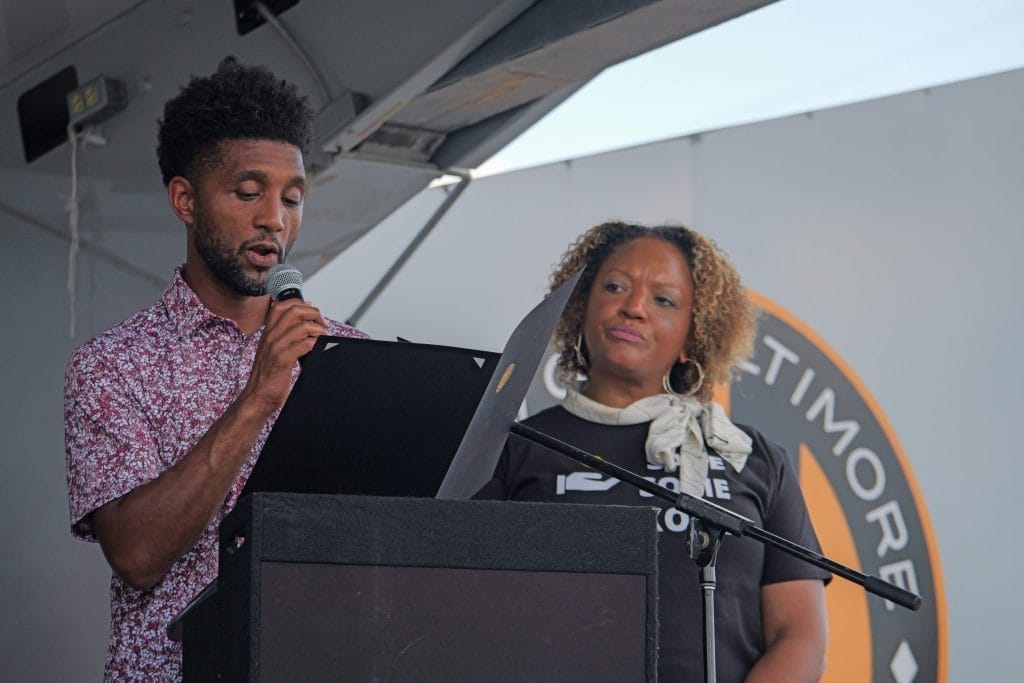
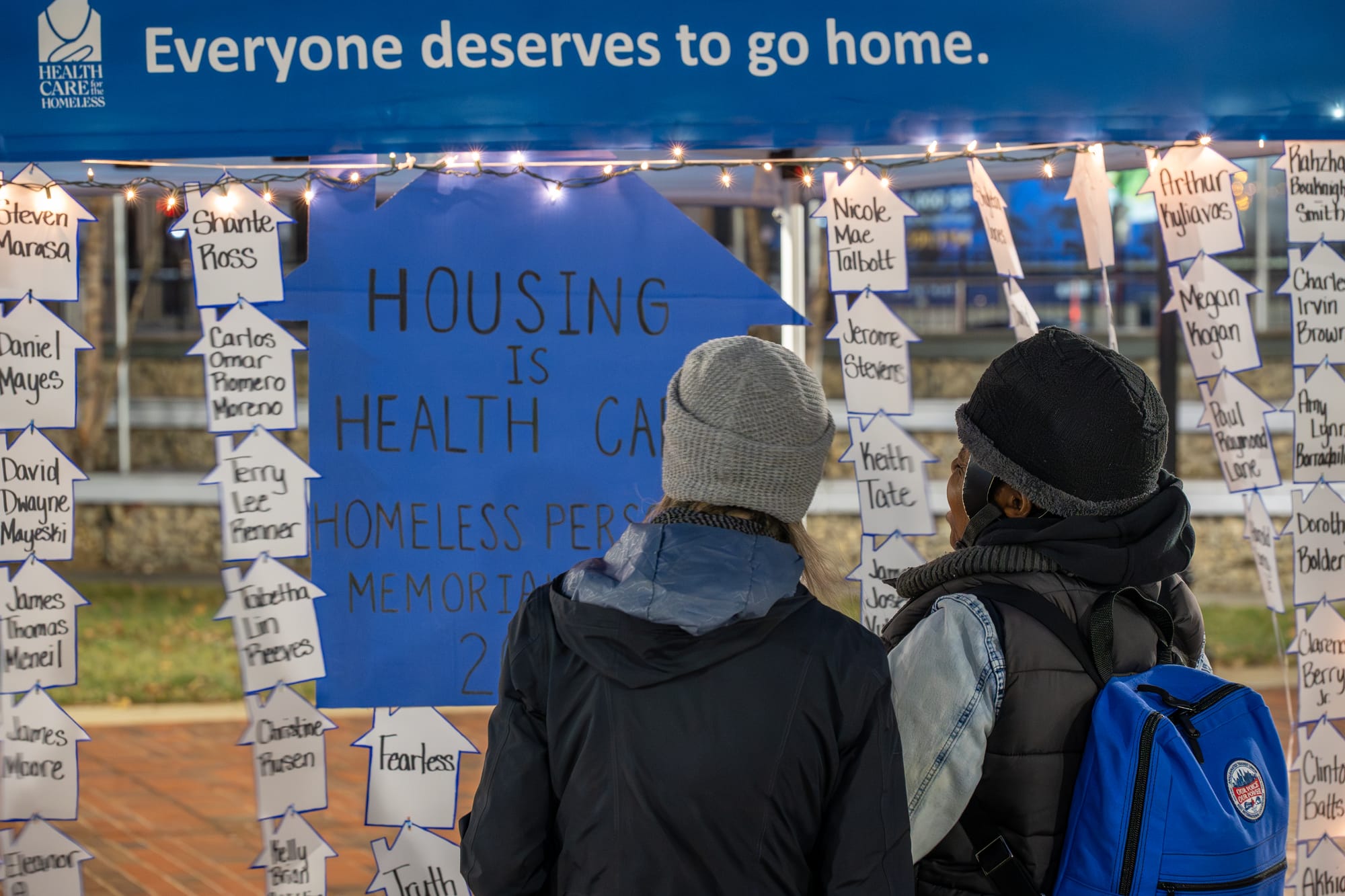
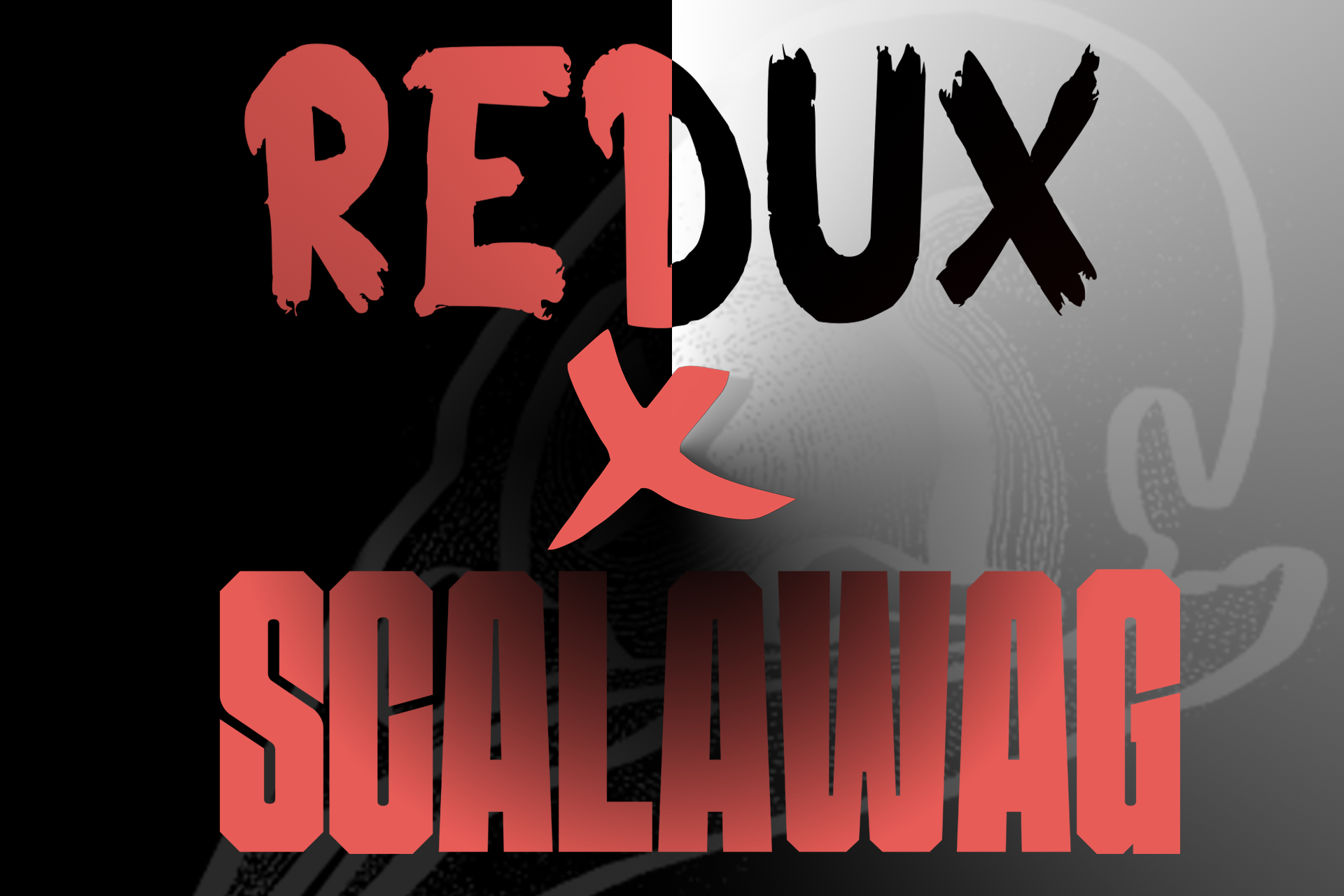
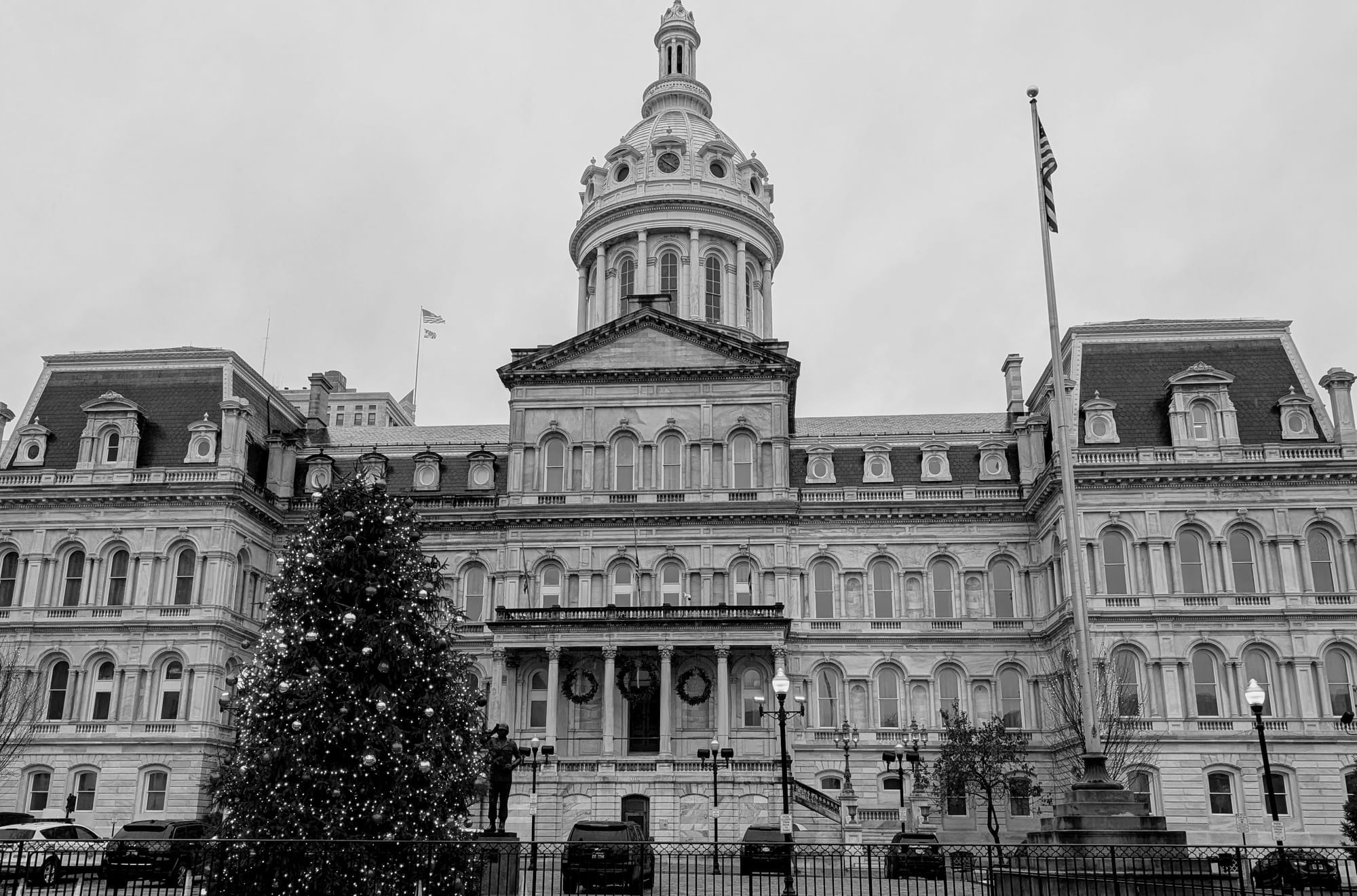
Comments